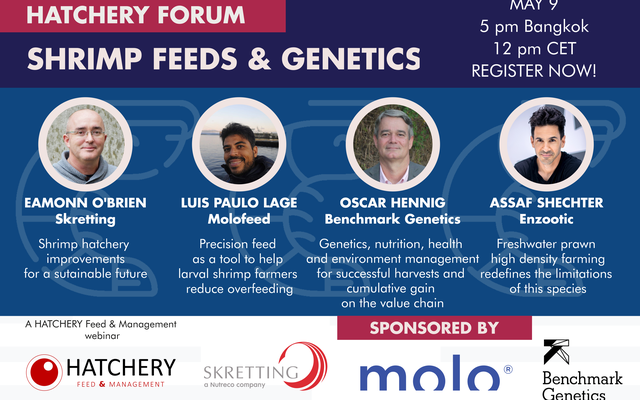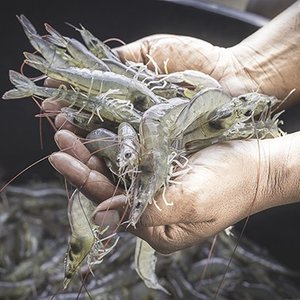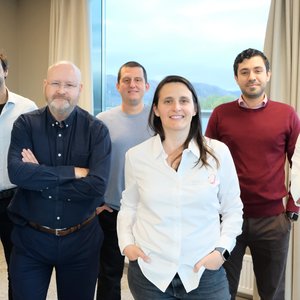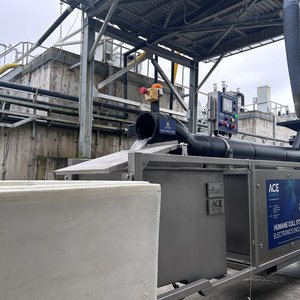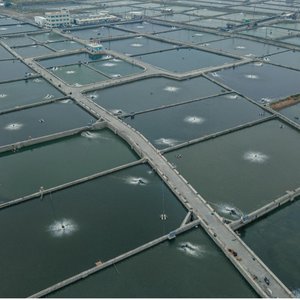Simplicity, precision feeding and holistic management were some of the tools and solutions presented in the first shrimp session of the World Hatchery Forum. The forum focused on practical solutions for aquaculture hatchery managers. A presentation on freshwater prawn farming also introduced a different business model from standard shrimp farms.
This first session was sponsored by Skretting, Molofeed and Benchmark Genetics.
How to improve profitability in shrimp hatcheries through feeds
The industry still relies on fresh broodstock feeds and the elimination of high-risk fresh feeds, together with high-quality formulated diets, can help maintain the SPF status of broodstock and quality Nauplii, said Eamonn O'Brien, product manager at Skretting. “In the past, it was not impossible to condition broodstock without fresh feeds but in a commercial trial in Mexico, Skretting demonstrated that replacing most of the fresh feeds with a specialized broodstock diet led to the same results,” O’Brien explained.
Another aspect O’Brien highlighted is the wide variety of feeding protocols, feed sizes and also additives used in shrimp hatcheries leading to a lot of complexities in production and difficulties to standardize the outputs. He suggested the use of advanced, more sustainable and stable formulas that can help improve hatchery success, advocating for simplicity. As a case of success, O’Brien presented a trial Skretting performed in a commercial hatchery in Brazil testing a high-quality diet against an established cocktail mixture in Brazil. Results showed higher survival, less feed in use, and cleaner tanks, among other results.
For more details, watch the presentation here.
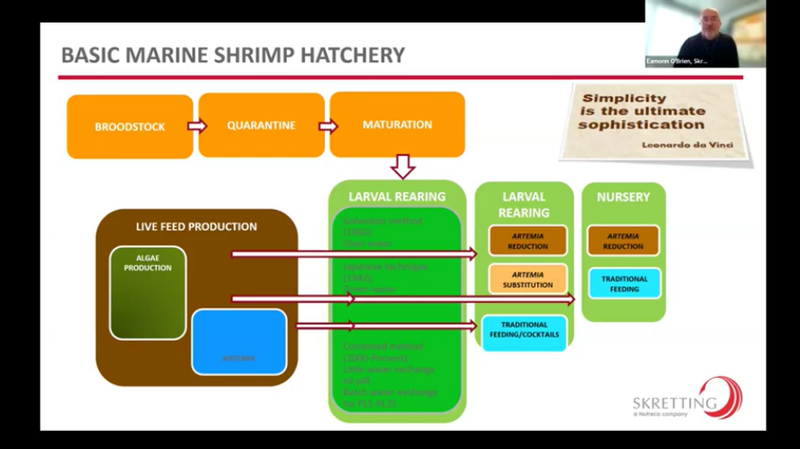
Precision feeding to optimize hatchery results
The major challenges faced by shrimp hatcheries are optimizing feeding, increasing survival, improving larval quality and reducing costs, said Luis Paulo Lage, technical and R&D manager at Molofeed. To improve hatchery efficiency Molofeed introduced Molofeed Precision Feeding. The tool consists of daily gut feed content evaluations and adjusting the feed as needed.
As a case study, Lage presented a trial performed with Molofeed’s own range of feeds for shrimp hatcheries. The trial tested Molofeed’s Precision Feeding using a commercial protocol against Molofeed shrimp diets. Results showed higher survival and low feed utilization when feeding with Molofeed's shrimp diets and its precision feeding tool.
For more details, watch the presentation here.
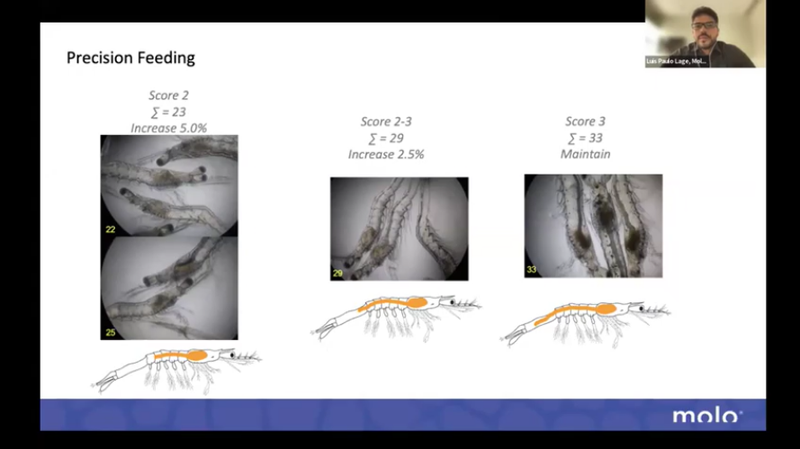
Increased value through a holistic approach
Benchmark Genetics has developed different shrimp lines for different traits and conditions. Based on what has been learned from salmon, the company developed software called Breed Control, which is now adapting to shrimp, said Oscar Hennig, operations director for Benchmark Genetics. The Maturation Module is now able for shrimp farmers and is able to track performances per country, client, batch, line, protocols and ablation.
As an example, Benchmark evaluated the differences between two countries with the same genetics. The Maturation Module showed that there were high differences in the average Nauplii per female per spawn between the two countries. The tool found that the different outputs were due to important differences in the nutrition profile that was offered to the shrimp between countries.
When it comes to ablation, Hennig said that all Benchmark Genetics shrimp lines are selected for non-ablation performance and mentioned that the market is moving to non-ablation due to the more robust PL from non-ablated females. Hennig presented another case study showing how the Maturation Module can assess the differences between ablation and non-ablation and advice farmers to improve their hatchery performance.
For more details, watch the presentation here.
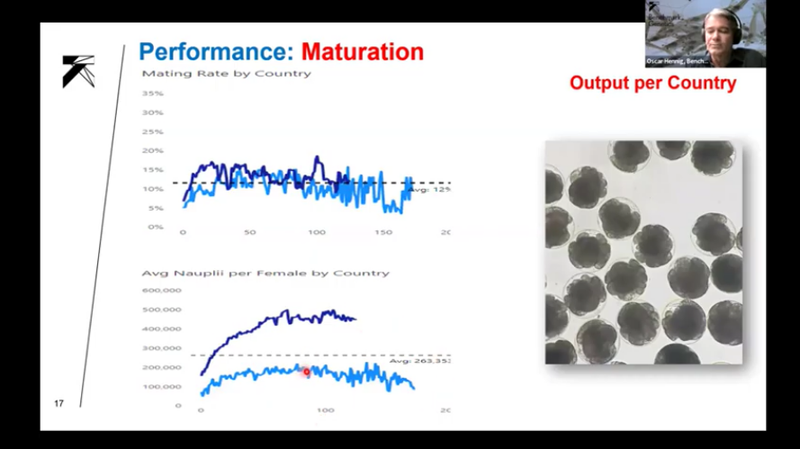
Freshwater prawn high-density farming
Assaf Schechter, co-founder and CEO of Enzootic, presented Enzootic, a company that started as a genetics company but is now a vertically integrated company that produces freshwater prawns.
Enzootic has developed a technology for all-female freshwater prawn farming that can quadruple the density and reach size uniformity of female populations. Enzootic targets volume not size and relies on the natural sexual plasticity of crustaceans that can be male or female externally regardless of their genetic composition.
The company grows freshwater prawns at a higher density (16 animals/m2 vs. 4 animals/m2), dropping the harvest size to 40 gr and increasing the harvests per year to three. The company operates its own breeding nucleus center and is working currently in Thailand under contract farming with farmers with expansion plans to other countries.
For more details, watch the presentation here.
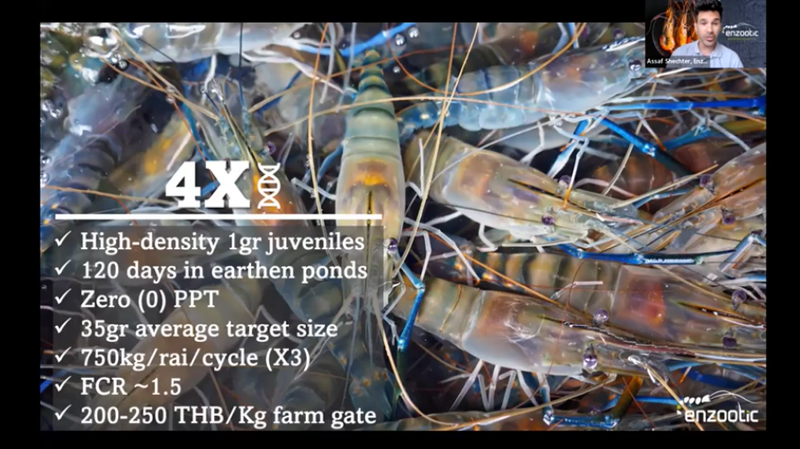
Don’t miss the other three sessions of the Word Hatchery Forum:


